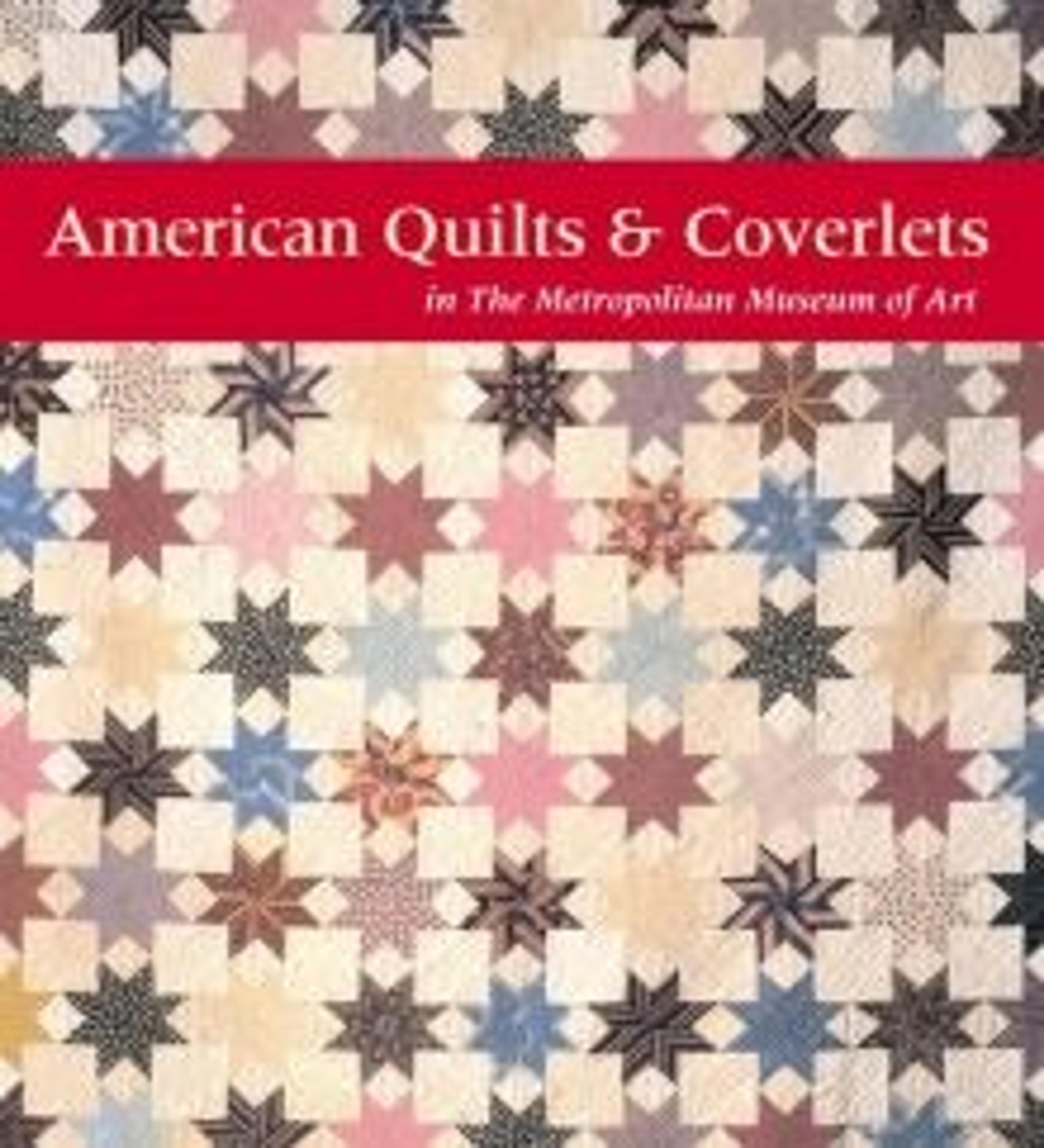Quilt, Log Cabin pattern, Straight Furrow variation
This quilt, pieced mainly of printed-wool challises, is a good example of the American Log Cabin style first popular around the middle of the nineteenth century. A Log Cabin quilt is always made in square units or blocks, each with one diagonal half of dark strips and the other of light strips. These blocks can be set together in different ways to form any of a variety of overall patterns. In this Straight Furrow variation, a pattern is created by alternating the direction of the square blocks as they are joined across the width of the quilt. In the Light and Dark variation (1973.159), the squares are placed to create a pattern of light and dark diamond shapes. The technique of stitching a Log Cabin quilt differs from that employed for most pieced quilts (except for Crazy quilts) in that the small strips of fabric are anchored to a square of foundation fabric. Although both the Museum's bed covers are quilted around the edges of each small strip of fabric, it is not unusual for Log Cabin quilts to be unquilted. The quilt top is made up of what amounts to a double layer of wool strips in addition to the foundation layer and thus is heavier than most pieced tops. Therefore, Log Cabin quilts are commonly finished without batting between the layers and with decorative threads at intervals tying the front to the backing.
Artwork Details
- Title: Quilt, Log Cabin pattern, Straight Furrow variation
- Date: ca. 1875
- Geography: Made in Lancaster County, Pennsylvania, United States
- Culture: American
- Medium: Wool and cotton
- Dimensions: 87 1/2 x 88 1/2 in. (222.3 x 224.8 cm)
- Credit Line: Purchase, Eva Gebhard-Gourgaud Foundation Gift and funds from various donors, 1974
- Object Number: 1974.37
- Curatorial Department: The American Wing
More Artwork
Research Resources
The Met provides unparalleled resources for research and welcomes an international community of students and scholars. The Met's Open Access API is where creators and researchers can connect to the The Met collection. Open Access data and public domain images are available for unrestricted commercial and noncommercial use without permission or fee.
To request images under copyright and other restrictions, please use this Image Request form.
Feedback
We continue to research and examine historical and cultural context for objects in The Met collection. If you have comments or questions about this object record, please complete and submit this form. The Museum looks forward to receiving your comments.
